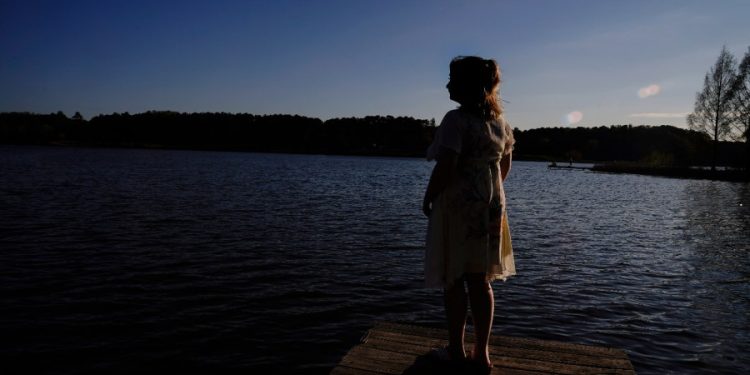COLUMBUS, Ohio (WCMH) — Infamously known as “Blue Monday,” the third Monday of January is regarded as the most depressing day of the year.
The term gained traction in 2005 by a travel company that was capitalizing on the best time for travelers to book getaway trips. Then, a psychologist came up with a formula, using factors like post-holiday blues and failed New Year’s resolutions, to define “Blue Monday,” Cleveland Clinic explains.
“For a lot of us in the field, there’s more skepticism because how do you come up with a formula like that? How do you boil it down to this day for everybody in the world living at different places, dealing with different things,” said Dr. Douglas Misquitta, a psychiatrist with Ohio State University Wexner Medical Center.
Still, Misquitta said there could be some truth to the theory.
“I would stress the season over the day and for some, it might persist beyond the season, you know, so maybe takeaways are that depression is a real thing,” Misquitta said. “We could take hits, we could feel it this time of year and sadly for many, it’s more than a day, could be weeks, it could be longer.”
Blue Monday corresponds with “seasonal affective disorder,” a type of depression triggered by certain seasons of the year, most often fall or winter. It is thought that shorter days and less daylight may trigger a chemical change in the brain, leading to symptoms of depression.
Why you might feel sicker longer with this season’s viruses
“Definitely say I would experience it, just the lack of sunlight and it being so cloudy, kind of makes it hard to get your day going, have the extra energy and whatnot,” central Ohio resident Sara Albertson said.
Seasonal affective disorder can come in waves. Having the winter blues is normal, but Misquitta said it can get worrisome.
“If they’re noticing they’re not attending to showers or brushing their teeth or getting out of the home very much, they might have less interest in interacting with people,” Misquitta said.
About 10 to 20% of Americans may get a milder form of the winter blues while about 5% of adults experience seasonal depression, according to the Cleveland Clinic.
“Of course, I like the spring and the summer time a lot better than the winter, but it doesn’t bother me ’cause it’s something that needs to happen,” said Wilvur Reed, another central Ohio resident who says they experience seasonal affective disorder.
Parts of the US will gain an hour of daylight this month: How much you’ll get
Misquitta said those who experience seasonal depression need to know that it’s okay to seek help.
“I would say, trying to wake up right when the alarm goes off; I have a couple dogs at home so getting them out for a walk kind of gets my day going, things like that,” Albertson said.
“This morning I got up pretty early and I got in the tub, took a bath and that kind of got myself together,” Reed said. “I was still just about falling asleep in the tub but that kind of woke me up a bit to get moving.”
Misquitta says it’s important to know that seasonal affective disorder is a real problem. If you’re feeling down this time of year, take steps to feel better, whether that means talking with a loved one or seeking professional help.














